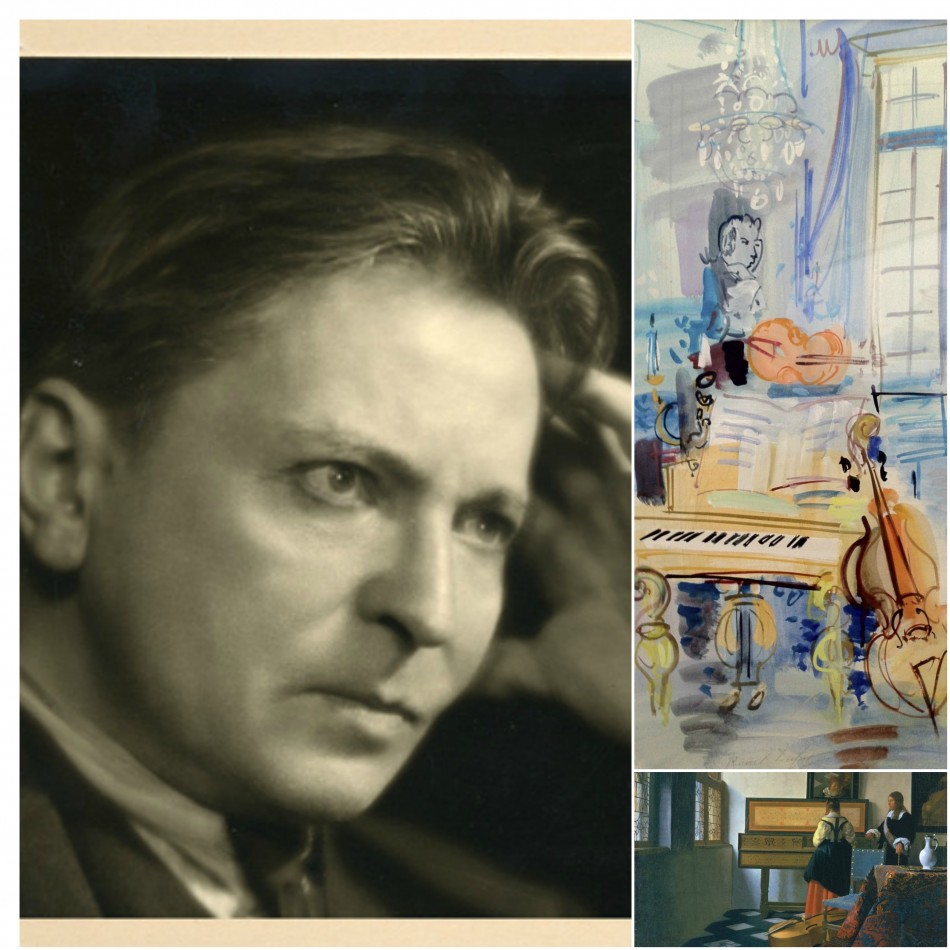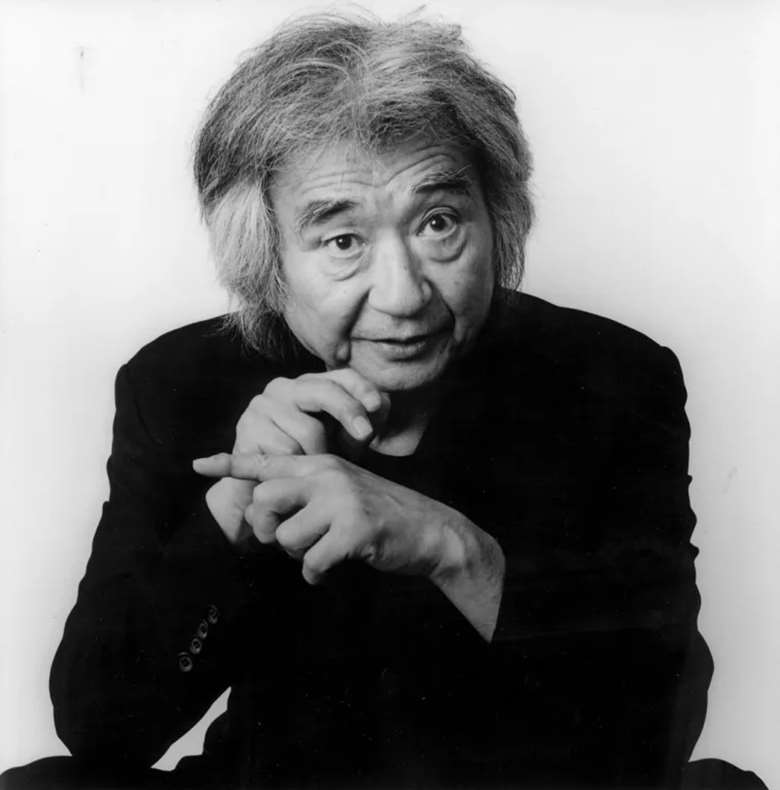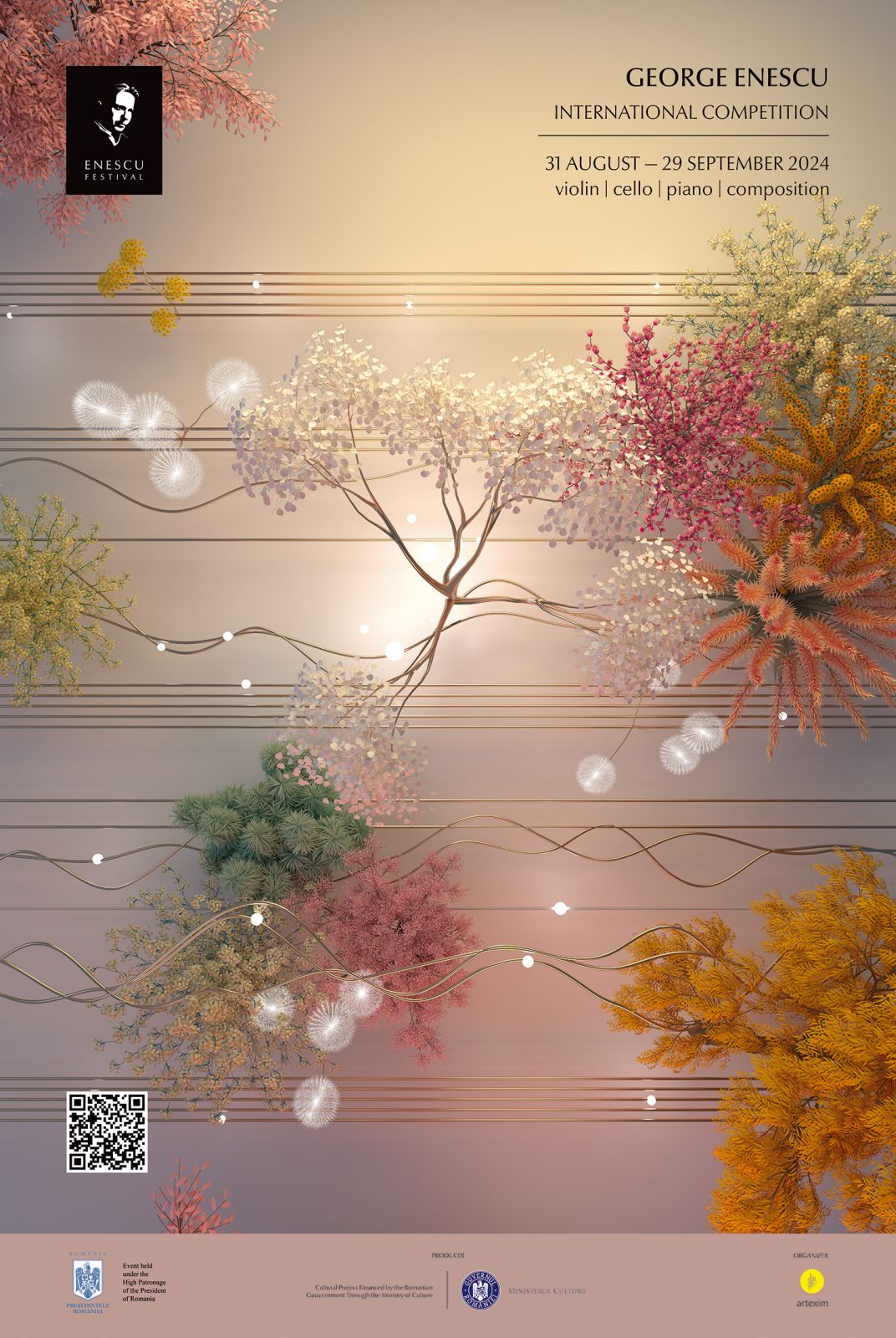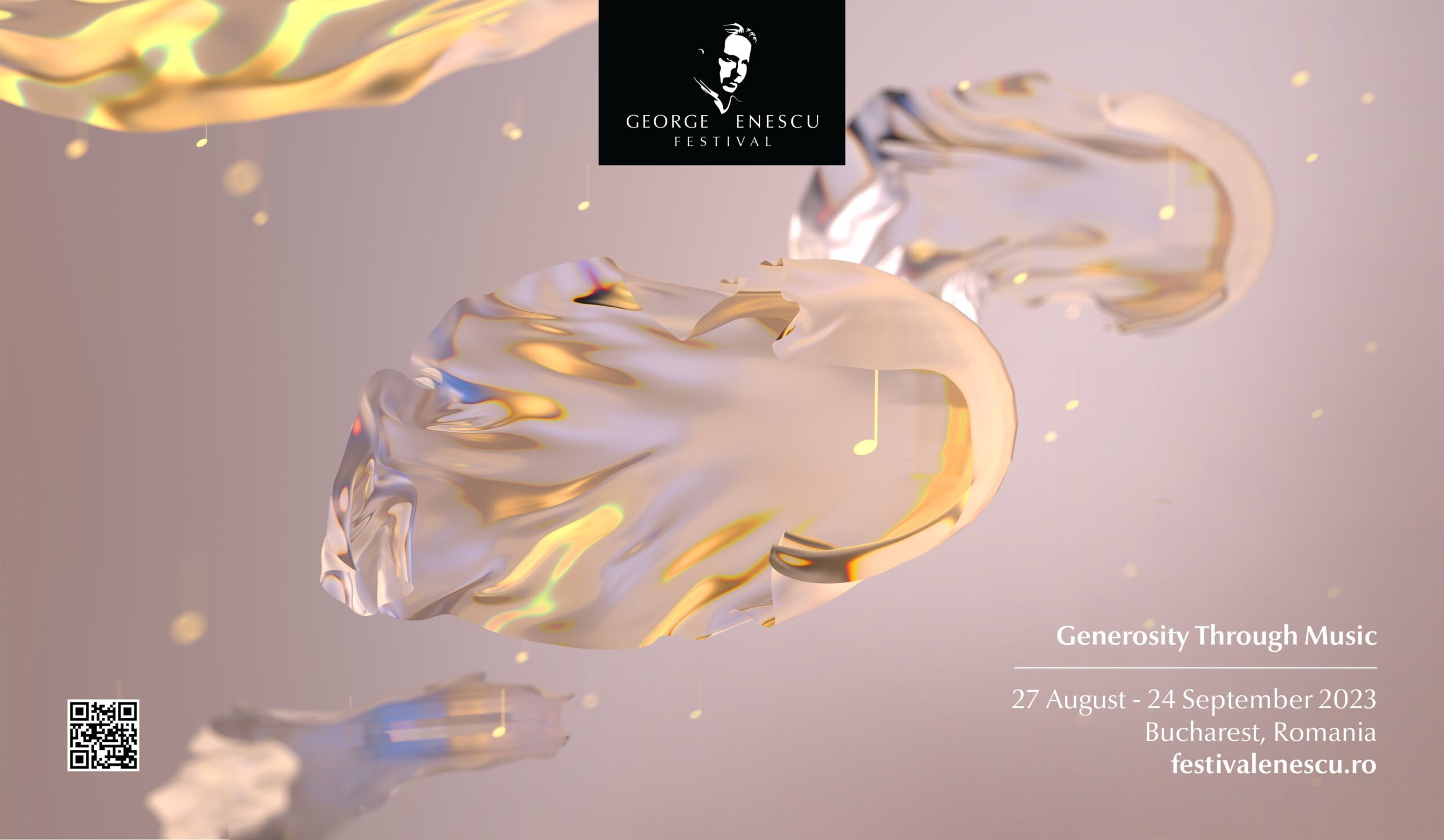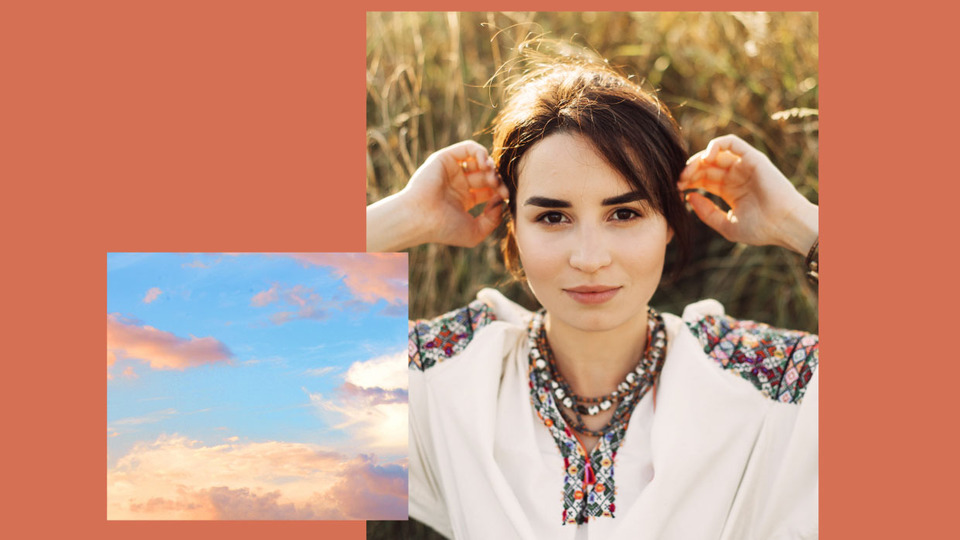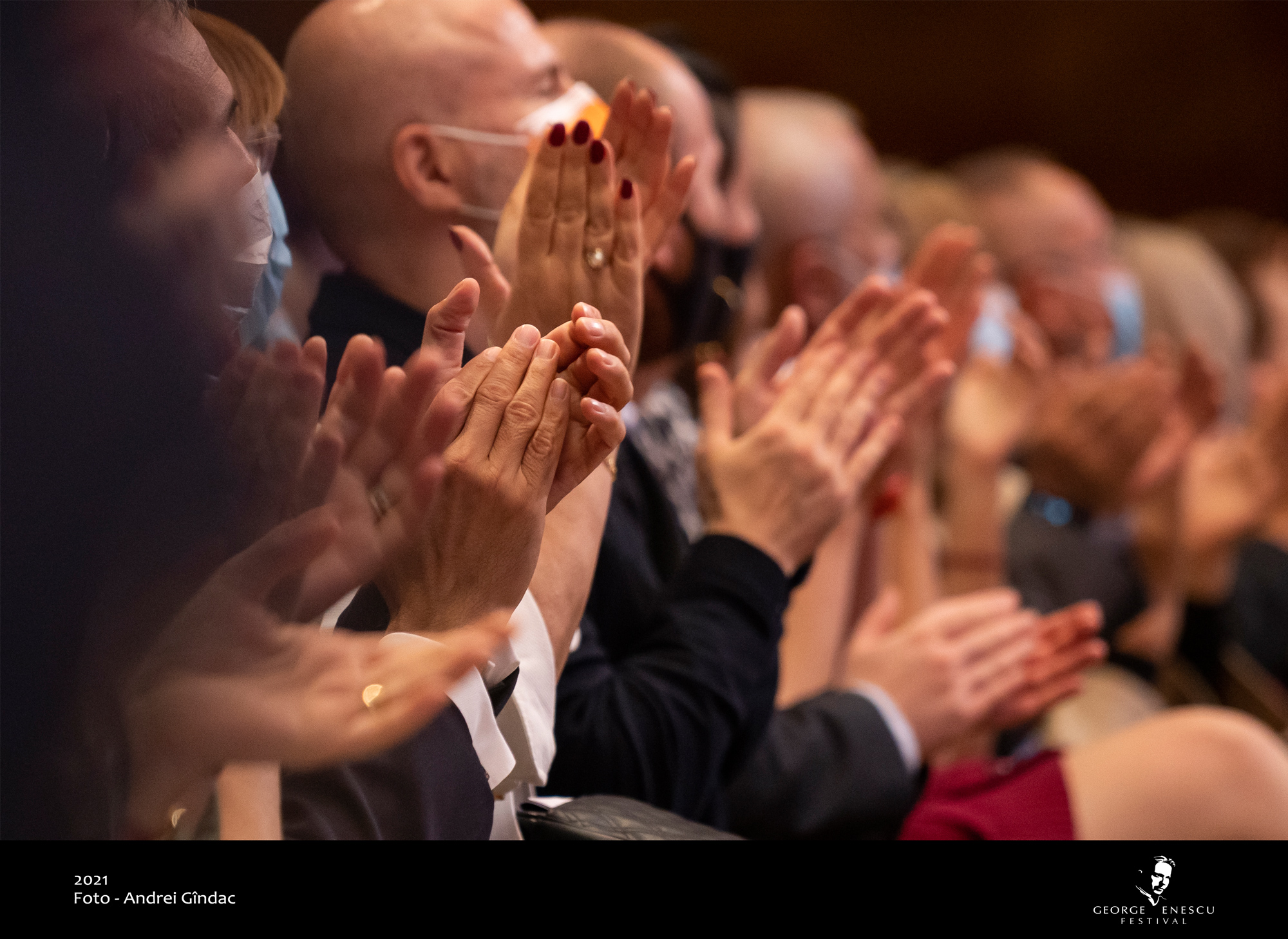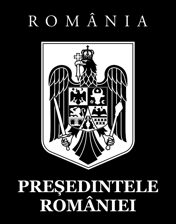George Enescu was not a ray of light just for his family; from what his cousin, Alexandru Cosmovici wrote in “George Enescu in the world of music and in the family”, we know the musician was born three years after the death of his five siblings, due to the diphtheritic angina in the winter of 1877-1878 and after the death of his maternal grandparents, poisoned at the feast given for the monument in honour of the soldiers that sacrificed themselves in the War of Independence, the famous musician has poured this luminosity over his works.
Text by Mădălina Mărgăritescu
From what the artist has said, we know he had learned how to play and draw notes as he had studied with his parents and his aunt Tincuța, learning how to read, write and count. His penchant for fine arts had been there since his childhood too, as he used to draw everything he saw, flowers, trees, houses, birds.
A student at the Conservatoire de Paris who enjoyed the appreciation of his professors, Gedalge, Massenet, Fauré, Enescu writes, among other works, Suite No. 1 for Piano in G Minor, Op. 3 “Dans le style ancien” (1897). The recording of this work from 1943 reveals George Enescu as the interpreter of his own composition. The charming, gracious playfulness in Adagio suggests the peace that the famous musician said he loved. The calm atmosphere, absorbed by light, can be noted in the works of Horea Paştina.
Every creation speaks of the things that the artist Horea Paştina used to feed his soul. While Enescu said he “felt the colours of the phrase in his ear”, Paştina “listens and watches” the people he meets, the objects that surround him, the flowers in the garden, revealing them to us in light shades of colour.

The upright piano, the cobza, the fresh flowers depicted by Horea Paştina in shades of yellow recreate the intimate musical space that surrounded Enescu. Adagio from the Suite No. 1 for Piano (1897) translates the simplicity and the inner light we see in Horea Paştina’s painting.
Enescu would diffuse the same serenity over those who were suffering.
What Benjamin Fundoianu (Benjamin Fondane) wrote in 1917, when the genius musician started to play to the wounded lying in a hospital ward, are just one proof of his kindness: “The crowd that gathered hummed all around him. […] And the violin dribbled a legend… A magic wand would raise and lower new settings. Unpredicted lamps would spread their light. And this blinding light came down colourful, in the fragile silence like Venetian glass. It was a blinding light, yet inexplicable for good […]”.
The spots of light in Symphonie concertante in B minor, for cello and orchestra, op. 8 (1901) attract the audience to certain moments just like Vermeer, “master of Dutch light”, would catch the attention of his viewers using touches of light on a certain spot of the painting. At the 2016 edition of the “George Enescu” International Composition, the Symphonie concertante (1901) brought the cellist Zlatomir Fung the First Prize. The 17-year-old cellist, with a mature, well-rounded sound, gave a remarkable performance of Enescu’s work. On September 19, the Symphonie concertante (1901) will be performed, at the Enescu Festival, by Truls Mørk and the Orchestre Nationale de France, conducted by Christoph Eschenbach. The Norwegian cellist is a connoisseur of the works created by Enescu. The Symphonie concertante (1901) is included on the album he recorded in 2015 with Hannu Lintu and the Tampere Philharmonic Orchestra.
https://www.youtube.com/watch?v=9Y0RGH-ns5Y
The light in the captivating composition focuses on the cello, and the sound of the orchestra continues the solo instrument.
The presence of the constant dialogue between instruments can also be seen in the Concertstück for viola and piano (1906) created for the Conservatoire de Paris, at the suggestion of the musician Gabriel Fauré. It is the only composition written by Enescu for solo viola and it was dedicated to Theophile Laforge, the first viola professor at the Conservatoire de Paris. George Enescu performs this concert together with the violist Alexandru Rădulescu, in Bucharest in 1942. The light creeps through the sounds just like the one infiltrating in between the lines in the works of Raoul Dufy, the painter of the “colour-light”.

Enescu, with his musical compositions, and Paştina, Vermeer, Dufy, in their fine arts, have all tried to make it so that we can grasp that light that we cannot see.

Music and fine arts make us experience, through their sonorous and visual language, what cannot be put into words.
Translation provided by Irina-Marina Borţoi, Biroul de Traduceri Champollion.
